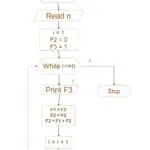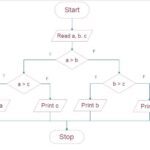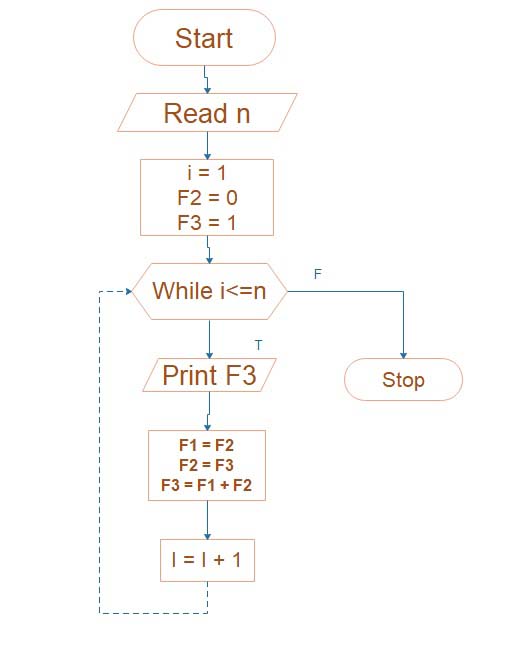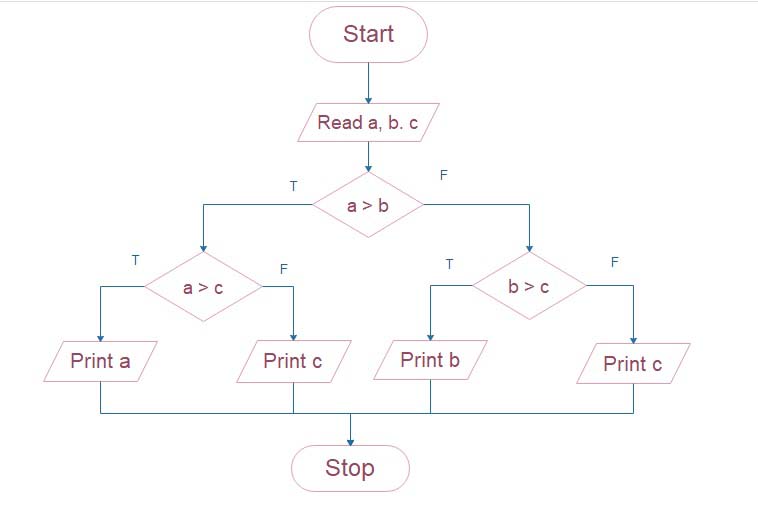How to increment operators’ work in the c program
Which was developed in the C program language, and shows how to use the increment operators (‘++’) and the ‘printf’ function to print values. Here is a detailed breakdown:

why do we use #include stdio.h in the c program?
We use the #include <stdio.h> directive in a C program to include the standard input-output library, which provides functions for input and output operations.
#include <stdio.h>
void main()
{
int a = 7;
printf("%d", a++);
printf("\n%d", a++ * a++);
printf("\n%d", ++a * ++a);
}Essential C functions like printf() and scanf() for producing output and reading input, respectively, are provided by the stdio.h library. We can utilise these functions in our C programme by using this library, which makes it simpler to communicate with the user and show information on the screen.
'#include <stdio.h>': This line includes the code’s standard input/output library, providing functions like'printf‘ for printing output.'void main()‘: This is the primary function where the program execution starts.- ‘
int a = 7;‘: This line declares an integer variable'a‘ and initializes it with the value 7. - ‘
printf("%d", a++);': This line prints the value of'a'the console using the'printf‘ function. The format specifier ‘%d‘ indicates an integer value. The ‘a++'operation is a post-increment operator, which means the value of ‘a'is first used in the expression and then incremented by 1. Therefore, it prints'7‘. 'printf("\n%d", a++ * a++);': This line also uses'printf‘ to print a value. The expression'a++ * a++‘ is evaluated from left to right. The post-increment operator ‘a++'increments the valueaby 1 after it has been used in the expression. In this case,'a‘ is first multiplied by itself (‘7 * 8‘), resulting in'56‘. Then,'a‘ is incremented twice, becoming'9‘. Therefore, it prints'72‘ to the console.'printf("\n%d", ++a * ++a);‘: Similarly, this line uses'printf'to print a value. The expression'++a * ++a'is evaluated from left to right. The pre-increment operator ‘++a'increments the valueaby 1 before it is used in the expression. In this case,ais incremented to'10‘ and multiplied by itself ('10 * 11'), resulting in'110‘. The value of'a‘ is incremented again, becoming'11'. Therefore, it prints'132‘ to the console.
The output of the code will be:
output:
7
72
132












